My Story
My Story is currently under construction..
Please visit this page again soon to read more about my experience during the project and to learn about our trip to the Somme.
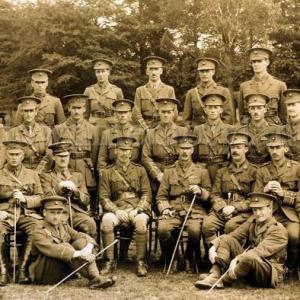
On September 2nd 1899 Ann McAlister, wife of John McAlister, gave birth to a son. They named him Bernard. Annie had six children, 4 girls and 2 boys. The two boys were Bernard and Peter. The girls’ names were Annie, Hannah, Rosie and Kathleen.
According to Bernard's birth certificate, it is stated that his family's dwelling place was 'not known'. The reason being that his family were residents of Newry Workhouse. The 1901 Census gives the initials of those in the workhouse and there was A McA and a J McA,, Bernard's parents. By 1917, the McAlisters were home-sharing with a man named James Curran, with the address given as 5 Downshire court, Lower Water Street, Newry.
However by 1917, it can be assumed that Bernard was looking for a path to escape the poverty he had experienced his entire life, and apparently by believing the stories he was told about the war, he joined the Royal Irish Rifles.
After his recruitment training, probably in Belfast, Bernard was sent to Belgium and served with the 2nd Royal Irish Rifles in the Battle of Wijtschate-Messines Ridge, which lasted between the 7th June until 14th June 1917.
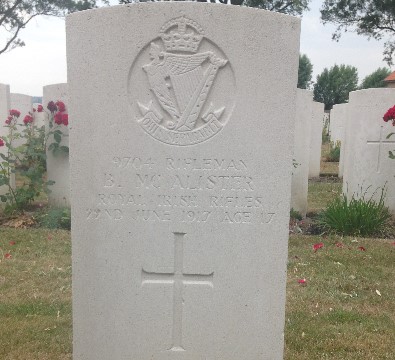
The Battle of Wijtschate-Messines Ridge is remembered mainly because of the British army tunnelling underneath German defensive lines. But it is also remembered as the only battle throughout the First World war in which 36th Ulster and 16th Irish Divisions fought alongside each other, symbolising to Ulster Unionism and Irish Nationalism fighting side by side, with Tom Burke claiming that it presented an opportunity for reconciliation between the two political traditions in Ireland, further stating, "If Irishmen could fight and die together, surely they could live together".
Bernard survived this battle, however he died just eight days later. I do not know how Bernard died. There is no narrative of his death or his thoughts on the war.
He was aged seventeen years and six months. He is buried in Messines Ridge British Cemetery, Mesen, West-Vlaanderen, Belgium along with hundreds of his comrades. On his gravestone – along with his number, rank, name and date of his death – is the following inscription from John 15:13:
‘Greater love than this no man hath, than a man lays down his life for his friend.’
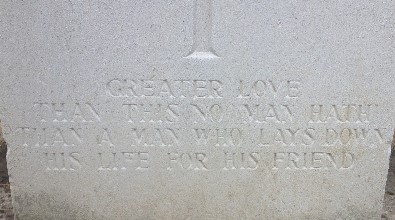
The British Army will only put number, rank, name and date of death on the gravestones. Anything else must be paid for by the family so one can assume that this inscription was put on and paid for by his mother who must have been very proud of her young son.
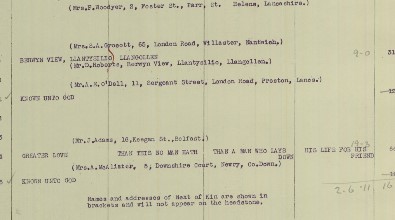
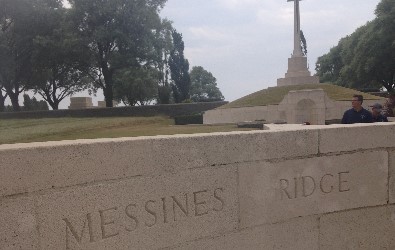
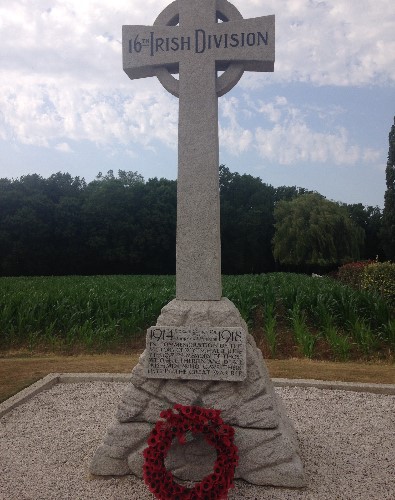
Please visit this page again soon to read more about my experience during the project and to learn about our trip to the Somme.